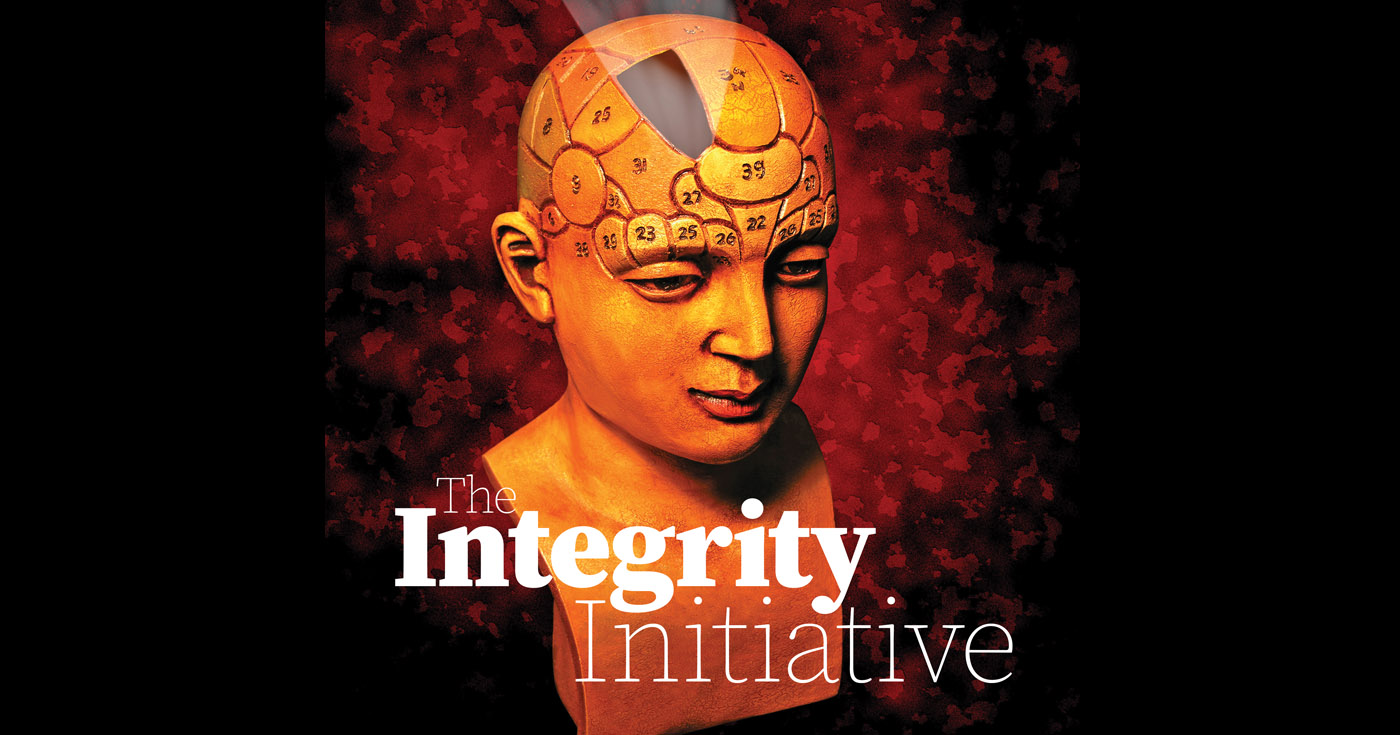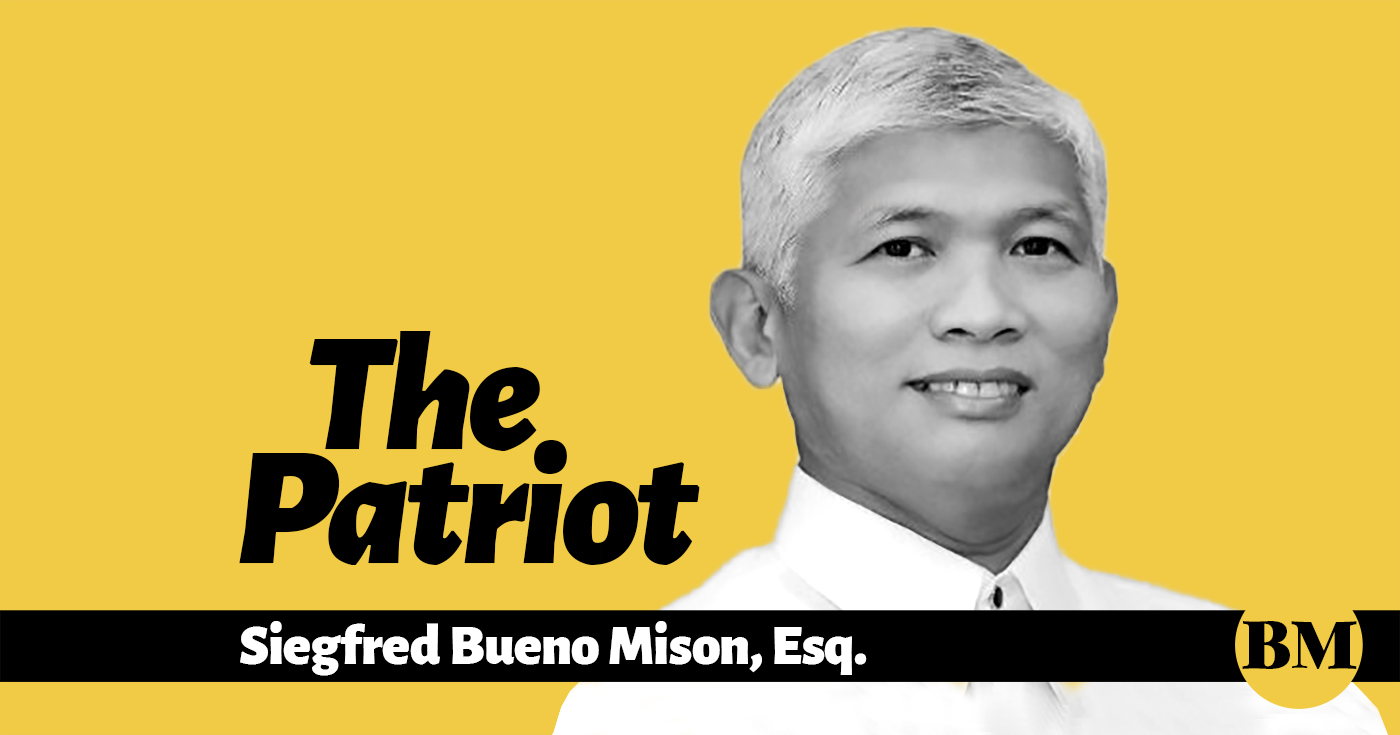
Both the Philippine National Police (PNP) and the Armed Forces of the Philippines went on red alert as a result thereof. The fact of grave public disorder, according to the Palace and its officials, can be confirmed by the National Intelligence Coordinating Agency and the PNP, given the rising number of killings and terrorist activities attributable to Muslim extremists, like the Abu Sayyaf and the ISIS. This is not the first time for such kind of declaration. An analogous action was done in 2006 by President Arroyo when she imposed a state of national emergency that led to several arrests of famous political and media personalities.
National paranoia
The declaration was criticized and heavily questioned immediately after its announcement by numerous sectors in Philippine society—from politicians, academics, the business community, human-rights activists and other cause-oriented groups. Most of the attacks centered on the state of lawlessness as a precursor to martial law and the eventual suspension of the writ of habeas corpus; events which have scarred the nation so deeply that its mere mention sends shudders and shivers to those who have experienced its horrifying effects.
The critics went on by saying that a state of lawlessness can pave the way to abusive practices and will trigger massive fear and even unrest among the citizenry. Worst of all, some legal luminaries opined that the actual call to which the President puts the AFP may not be reviewed judicially for the power to decide whether there is a need for this emergency measure belongs only to the President.
Not martial law
But quick to explain were the legal minds of Malacañang who articulated the difference between a state of lawlessness versus martial law and the suspension of the writ of habeas corpus. The Palace said the declaration was perfectly legal, and it simply relied upon Article 7, Section 18 of the Constitution, which states that the President, as Commander in Chief of the AFP, may call out the Armed forces to prevent or suppress lawless violence that was manifested in the Davao incident. It does not add any other emergency power to President Duterte.
It was also never meant to be a preliminary stage prior to martial law, where civil and political rights could be suspended or curtailed in the interest of preserving peace and order. The AFP will be there to execute wider enforcement operations in addition to what the PNP is doing to suppress lawlessness. There will be no harassment, imprisonments, indiscriminate arrests, torture or violence of innocent people. Civil liberties will be preserved and continuously protected.
Parameters of state of lawlessness
Undoubtedly, martial law is clearly different from a state of lawlessness. Case law considers martial law as a stronger exercise of police power wielded by the President together with the military in order to preserve and maintain public safety and good order. There are boundaries to what martial law can prohibit, suspend or remove, and these are compliance with the Constitution, the activities of Congress and the functions of the courts. It cannot automatically suspend the privilege of the writ, because suspension of the latter only applies to persons charged for rebellion or invasion.
Both martial law or the suspension of the writ are not political issues but are factual in nature, and can be reviewed by the Supreme Court. Rightfully so, the 1987 Constitution puts many safeguards and buffers to prevent an arbitrary exercise of powers by Malacañang and the misallocation of authority or functions among the different branches of government.
While the declaration of the state of lawlessness by the President is well intentioned, it would help if the terms, scope and limits by those tasked by law to carry it out are explicitly and unambiguously spelled out.
The time limitation is also one crucial factor. In fact, many are asking, is it now over? Only with a clearly circumscribed declaration can this state of lawlessness be demystified, and the good result is that we have an educated and informed public who will now know what it really takes and how such declaration impacts their daily lives.
For comments and suggestions: arielnepo.businessmirror@gmail.com.



























